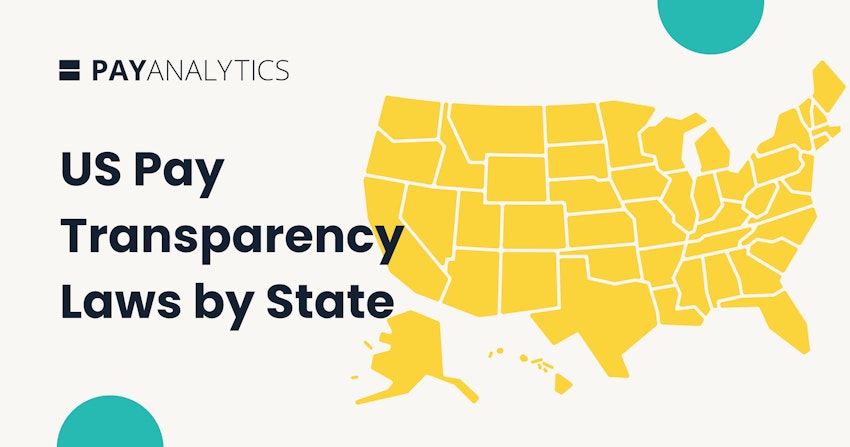As of 2021, Japan’s pay gap was 22.1% compared to the G7 average of 11.7% (Reference 1). The Japanese government is aware of this problem and how it can contribute to women leaving the workforce, especially as the country faces a declining birth rate and an aging population. In recent years the government has been somewhat successful in increasing the number of women in the workforce. However, the increase is largely due to women taking up so-called irregular positions: part-time, temporary, and contract work (Reference 3).
This reveals another reason why fewer women stay in the workforce: the gap in the number of managerial positions for males and females. For a long time now, Japan has been trying to reach a goal of 30% of managerial positions held by women. However, as of 2022, only 9.4% of managers were female (Reference 2). Many women in Japan choose not to pursue a career as they know their chances of reaching upper level positions are slim. Also, the older the workers are, the larger the pay gap tends to be (Reference 6).
In response to this, the government has announced its most recent revisions to the Act on Promotion of Women’s Participation and Advancement in the Workforce (APWPAW).
The Act
These revisions were conducted by Japan’s Ministry of Health, Labour and Welfare (MHLW) and published on July 7, 2022 (Reference 4). For the fiscal year 2022, the revisions take effect in April 2023, although companies will have until the end of June 2023 to deliver their final reports. The following are the most important takeaways from the revised act.
Numerical target categories
The revisions require companies to set at least one or two numerical targets, depending on company size. These targets are divided into two categories. The first category relates to providing opportunities for female workers. For example, companies could set targets for percentage of female workers hired, percentage in management, or percentage on the board of directors, among other metrics. The second category relates to work-life balance. This could mean, for instance, targets related to average monthly overtime, parental leave acquisition rate by gender, or percentage of employees taking paid leave.
For companies with 301 or more employees
- The differences in pay between men and women (a.k.a. gender pay gap) are to be disclosed annually within three months following the end of the fiscal year. Companies are to disclose the gender pay gap in the "Status of Employees" section of their annual securities reports (Reference 5).
- The pay gap analysis must include differences in annual wages based on specific employee groups: all workers, regular employees (full-time and permanent), and other employees (part-time and/or fixed-term) (Reference 5). This last group is noteworthy because part-time and contract workers typically have less legal protection than regular employees.
- General employer action plans must be formulated and internally disseminated. The action plans should contain the pay gap analysis along with two or more numerical targets listed in two categories (see above).
- Action plans must be shared and made accessible to the general public and submitted to prefectural labor bureaus for review.
For companies with 101 to 300 employees
- General employer action plans must be formulated and internally disseminated. The action plans should contain one or more numerical targets listed in two categories (see above).
- Action plans must be shared and made accessible to the general public and submitted to prefectural labor bureaus for review.
- Companies are not required to disclose the differences in pay (gender pay gap) between men and women, but this requirement might be added in the future.
In the "General employer action plan," companies should discuss how they plan to gain an understanding of women's empowerment in their company and analyze the key issues. The action plan must include the time period, numerical targets, the details of the efforts, and the timing of the implementation.
Timeline
- April 1, 2022 – Start of the first fiscal year that companies have to report on
- June 2022 – Japan’s government announces new “Framework policies”
- July 8, 2022 – Revisions to the APWPAW take effect
- June 30, 2023 – Last day to deliver reports for fiscal year 2022 (April 1, 2022 to March 31, 2023)
Future prospects for gender pay equality in Japan
These revisions, as well as other policies designed to ensure gender pay equality, are a sign that Japan sees the need to create a more hospitable work environment for women. Another important aspect of gender equality in Japan is supporting women in continued employment after giving birth. According to Japan’s Gender Equality Bureau, around half of all female employees quit working after childbirth (Reference 4). One way to address this issue is to encourage male workers to take parental leave, which only 12.7% of Japanese men did in 2020 (Reference 6).
How can PayAnalytics help?
PayAnalytics provides a holistic pay equity and workplace equity solution that can help employers in Japan identify where there is room for improvement and develop an action plan that will have an impact. We offer a built-in report for the difference in pay between men and women, matching the requirement for employers with 301 or more employees.
The PayAnalytics Workplace Equity feature helps you understand and analyze equity within your organization from a broad perspective, moving beyond equity in only pay. The feature gives you insights into the demographic diversity of your organization and helps identify any “problem areas” where there may be unequal access to opportunities or exclusive work culture.
- You can analyze current workforce diversity, including representation in different groups and pay levels.
- You can analyze the diversity in hiring and attrition to understand how your workforce is changing.
- You can analyze whether there are any demographic differences in raises or promotions.
Furthermore, the platform makes it easy to analyze most of the numerical targets, regarding both opportunities for women and work-life balance.
References
- Ministry of Foreign Affairs of Japan, Concept Note, Gender Pay Gap.
- The Japan Times, Japan’s new disclosure rules to help G7’s worst gender pay gap.
- The Japan Times, Despite Abe’s push, women still largely absent from Japan boards.
- WTW, Japan: Gender pay gap disclosure requirement introduced.
- SHRM, New Rules Require Japanese Companies to Disclose Their Gender Wage Gap.
- The Mainichi, Editorial: Japan's new gender pay gap rules a chance to eradicate inequality.
The information on this page is not intended to serve and does not serve as legal advice. All of the content, information, and material in this article are only for general informational use. Readers are advised that this information, legal or otherwise, may not be up-to-date.





